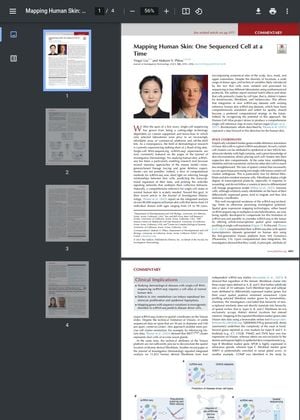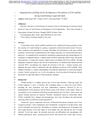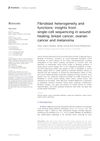Mapping Human Skin: One Sequenced Cell at a Time
November 2023
in “
The journal of investigative dermatology/Journal of investigative dermatology
”

TLDR The article concludes that creating a detailed map of normal human skin at the single-cell level is important.
The article "Mapping Human Skin: One Sequenced Cell at a Time" discusses the use of single-cell RNA-sequencing (scRNA-seq) and spatial transcriptomics to study human skin. Over 80,000 skin cells from 24 donors aged 24 to 98 years were analyzed, and despite various factors, cells primarily clustered by cell type. The study also identified three major types of fibroblasts that further subdivide into 10 subtypes. The research highlighted the importance of spatial context in cell-type identity and the role of cellular crosstalk in tissue homeostasis and growth responses. The study also found a distinct gene expression signature in certain keratinocytes and discussed the potential of scRNA-seq in identifying new signaling gene targets for skin disorders. The authors concluded by emphasizing the need for a comprehensive digital reference atlas of normal human skin at single-cell resolution.





